From Brainstorming to Deployment: Unpacking the Software Development Lifecycle

Welcome to the dynamic world of software development, where ideas transform into innovative applications! In today’s fast-paced digital landscape, understanding the Software Development Lifecycle (SDLC) is crucial for anyone navigating this intricate process. From that exhilarating moment of brainstorming new concepts to the thrill of deploying a polished product, each phase plays a vital role in turning visions into reality. Whether you’re an aspiring developer, a seasoned project manager, or simply curious about how your favorite apps come to life, join us as we unpack each step of the SDLC and explore best practices that can elevate your projects from mere sketches on a notepad to fully functioning software solutions.
Planning and Requirements Gathering
 The first step in the software development lifecycle is all about planning. You wouldn’t start building a house without knowing what you want, right? Well, the same goes for software. During this stage, developers and stakeholders (like project managers or clients) sit down and figure out precisely what the software needs to do.
The first step in the software development lifecycle is all about planning. You wouldn’t start building a house without knowing what you want, right? Well, the same goes for software. During this stage, developers and stakeholders (like project managers or clients) sit down and figure out precisely what the software needs to do.
This includes understanding the problem the software will solve, the target audience, and any technical or business requirements. Think of this as the blueprint stage. It’s all about gathering information so that everyone is on the same page. This could involve surveys, meetings, and research to understand what the software needs to accomplish.
Design
Once you know what you’re building, it’s time to design how it will work. The design phase is where things really start to take shape. This is where developers, designers, and architects figure out the software’s technical specifications, user interfaces, and overall structure. At this stage, the development team will decide on the system’s architecture (how the software will be organized), what programming languages and tools to use, and how users will interact with the application. If you’re building a website, this might include wireframes or mockups to show what the interface will look like. The goal here is to plan how everything will function and ensure that it aligns with the requirements gathered in the first stage.
Development (Coding)
Now comes the exciting part: coding! In the development phase, all the planning and designing become actual software. Developers write the code that brings the application to life using the programming languages and frameworks chosen in the design phase. Depending on the project, the development process can be broken into smaller parts called “sprints” (in Agile development), where developers focus on specific features or tasks. This phase aims to turn the design into a working product, even if it’s just a rough version. Cleveland Software Development Agency, for example, has a 6-step development process that includes wireframe development, front-end and back-end coding, and quality assurance testing.
Testing
Testing is a critical part of the software development lifecycle, and it’s one step that can’t be overlooked. After coding, it’s time to make sure everything works as expected. During the testing phase, developers run different tests to find bugs, fix issues, and ensure the software meets the original requirements. Several types of testing might happen here: unit testing (checking individual parts of the software), integration testing (making sure different parts work together), and user acceptance testing (getting feedback from actual users). Testing ensures the software is stable, secure, and ready for real-world use.
Deployment
 Once the software has been tested and all the bugs have been ironed out, it’s time to launch. Deployment is the process of making the software available to users. This could mean launching a web application online, distributing a mobile app, or installing software on client machines. Deployment isn’t always a one-time event—it often happens in stages.
Once the software has been tested and all the bugs have been ironed out, it’s time to launch. Deployment is the process of making the software available to users. This could mean launching a web application online, distributing a mobile app, or installing software on client machines. Deployment isn’t always a one-time event—it often happens in stages.
For example, some companies will roll out the software to a small group of users first (a “beta release”) before releasing it to the public. This allows for any last-minute issues to be addressed before the full launch.
Maintenance and Updates
The launch isn’t the end of the road. …







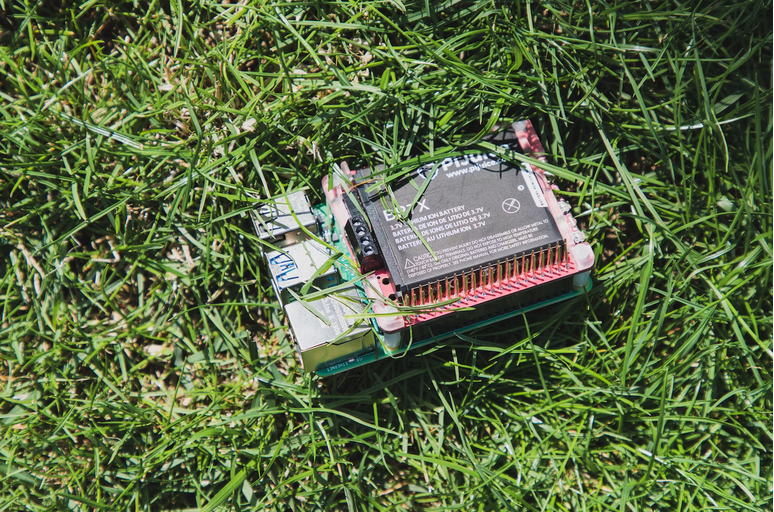
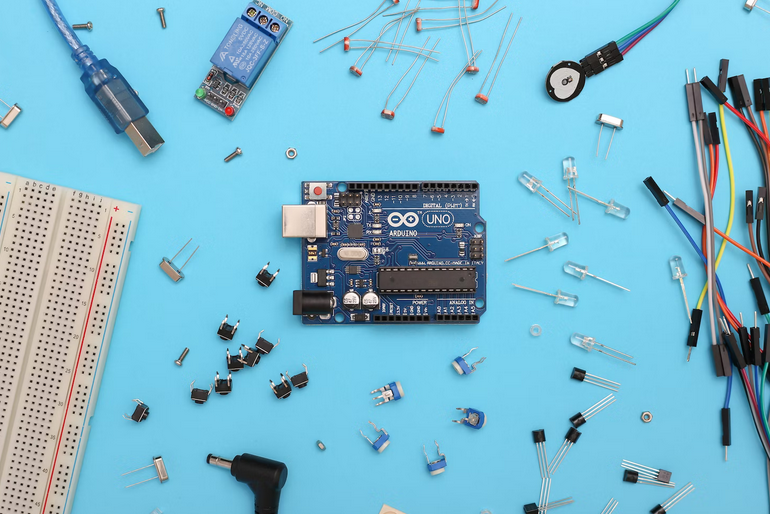


 The quality of your viewing experience can be affected by the video settings, such as resolution, aspect ratio, and color depth. Ensuring that your video settings are properly configured to match your device’s capabilities and preferences is important. For instance, if you use a high-resolution display, ensure your IPTV service provider offers high-quality content. You should also ensure that your aspect ratio is set correctly to prevent distortion or black bars. Additionally, adjusting the color depth can improve the overall display quality and provide a more vibrant viewing experience.
The quality of your viewing experience can be affected by the video settings, such as resolution, aspect ratio, and color depth. Ensuring that your video settings are properly configured to match your device’s capabilities and preferences is important. For instance, if you use a high-resolution display, ensure your IPTV service provider offers high-quality content. You should also ensure that your aspect ratio is set correctly to prevent distortion or black bars. Additionally, adjusting the color depth can improve the overall display quality and provide a more vibrant viewing experience.
 Renewable energy is not just a buzzword anymore; it’s becoming an integral part of the hospitality industry. Hotels and restaurants are recognizing the importance of sustainability and are embracing renewable energy solutions to power their operations. From solar panels to wind turbines, these eco-friendly technologies are not only reducing carbon emissions but also cutting down on energy costs.
Renewable energy is not just a buzzword anymore; it’s becoming an integral part of the hospitality industry. Hotels and restaurants are recognizing the importance of sustainability and are embracing renewable energy solutions to power their operations. From solar panels to wind turbines, these eco-friendly technologies are not only reducing carbon emissions but also cutting down on energy costs.

 The technology sector is one of the fastest-growing sectors globally, with a compound annual growth rate of nearly 11% over the past decade. This remarkable growth is being driven by continued innovation and the adoption of new technologies across industries. Investors who get in on the ground floor of promising technology companies can reap enormous rewards as these firms scale and become leaders in their respective markets.
The technology sector is one of the fastest-growing sectors globally, with a compound annual growth rate of nearly 11% over the past decade. This remarkable growth is being driven by continued innovation and the adoption of new technologies across industries. Investors who get in on the ground floor of promising technology companies can reap enormous rewards as these firms scale and become leaders in their respective markets. The technology sector used to be dominated by a handful of giant firms, but that is no longer the case. Today, the industry is populated by many small and medium-sized firms focused on niche markets. This increased competition is driving innovation and helping to keep prices in check. Investors looking to diversify their portfolios would do well to consider the technology sector. With its large and growing number of firms, the industry offers investors a wide range of investment opportunities. Technology firms are also becoming increasingly diversified geographically. In the past, most tech firms were concentrated in developed economies like the United States and Europe. But today, firms from emerging markets are making their presence felt in the sector. This trend is driven by the growing demand for technology products and services in developing economies.
The technology sector used to be dominated by a handful of giant firms, but that is no longer the case. Today, the industry is populated by many small and medium-sized firms focused on niche markets. This increased competition is driving innovation and helping to keep prices in check. Investors looking to diversify their portfolios would do well to consider the technology sector. With its large and growing number of firms, the industry offers investors a wide range of investment opportunities. Technology firms are also becoming increasingly diversified geographically. In the past, most tech firms were concentrated in developed economies like the United States and Europe. But today, firms from emerging markets are making their presence felt in the sector. This trend is driven by the growing demand for technology products and services in developing economies.
 The best spy cameras are the ones that can connect to the internet. These types of cameras are easy to retrieve and backup video footage. The backup is mainly in cloud storage and is easily accessible over the web from your device. Online storage is efficient because even if you lose your SD card, you will still have your footage. It is essential to select a spy camera that is user-friendly and has the latest features.
The best spy cameras are the ones that can connect to the internet. These types of cameras are easy to retrieve and backup video footage. The backup is mainly in cloud storage and is easily accessible over the web from your device. Online storage is efficient because even if you lose your SD card, you will still have your footage. It is essential to select a spy camera that is user-friendly and has the latest features. There are different types of
There are different types of
 Many are into gaming because it helps them live their wildest dream. It is rather astonishing what gaming has achieved in the past few years. Some time back, gaming did not involve life-like characters that are present today. It is just like playing in real life since everything resembles the real world.
Many are into gaming because it helps them live their wildest dream. It is rather astonishing what gaming has achieved in the past few years. Some time back, gaming did not involve life-like characters that are present today. It is just like playing in real life since everything resembles the real world.

 The world is no longer safe enough for people to ignore watching over their loved ones and valuables. CCTV and spy cameras play critical roles in helping end attacks on people on the streets. As long as you have a hidden surveillance system present, it’s easy to keep your child or pet safe.
The world is no longer safe enough for people to ignore watching over their loved ones and valuables. CCTV and spy cameras play critical roles in helping end attacks on people on the streets. As long as you have a hidden surveillance system present, it’s easy to keep your child or pet safe.

 The Price of the Drone
The Price of the Drone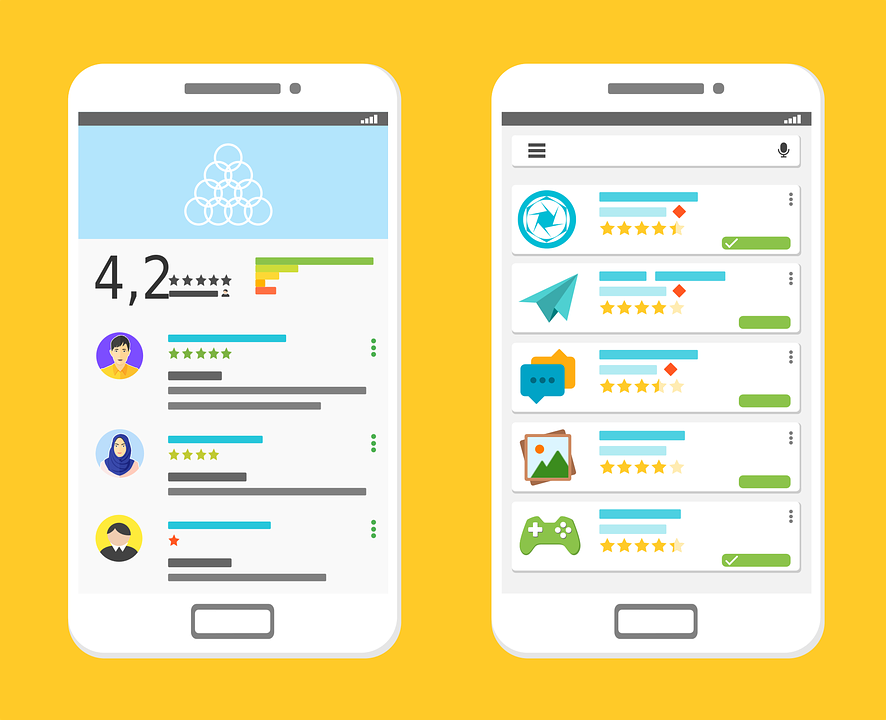
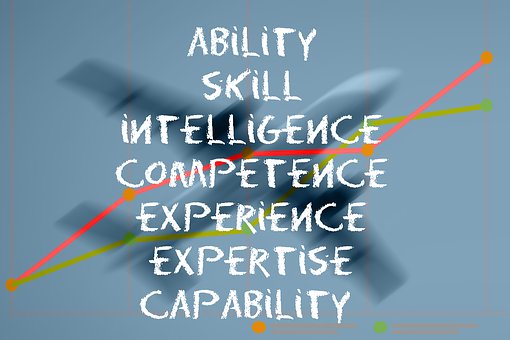
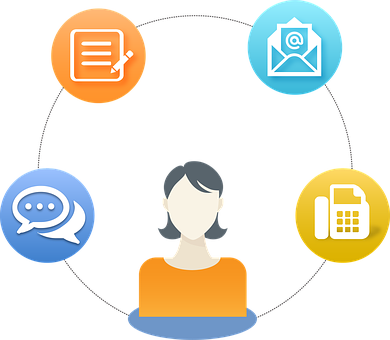

 Be Yourself
Be Yourself
 Smart Tvs Are User-Friendly
Smart Tvs Are User-Friendly